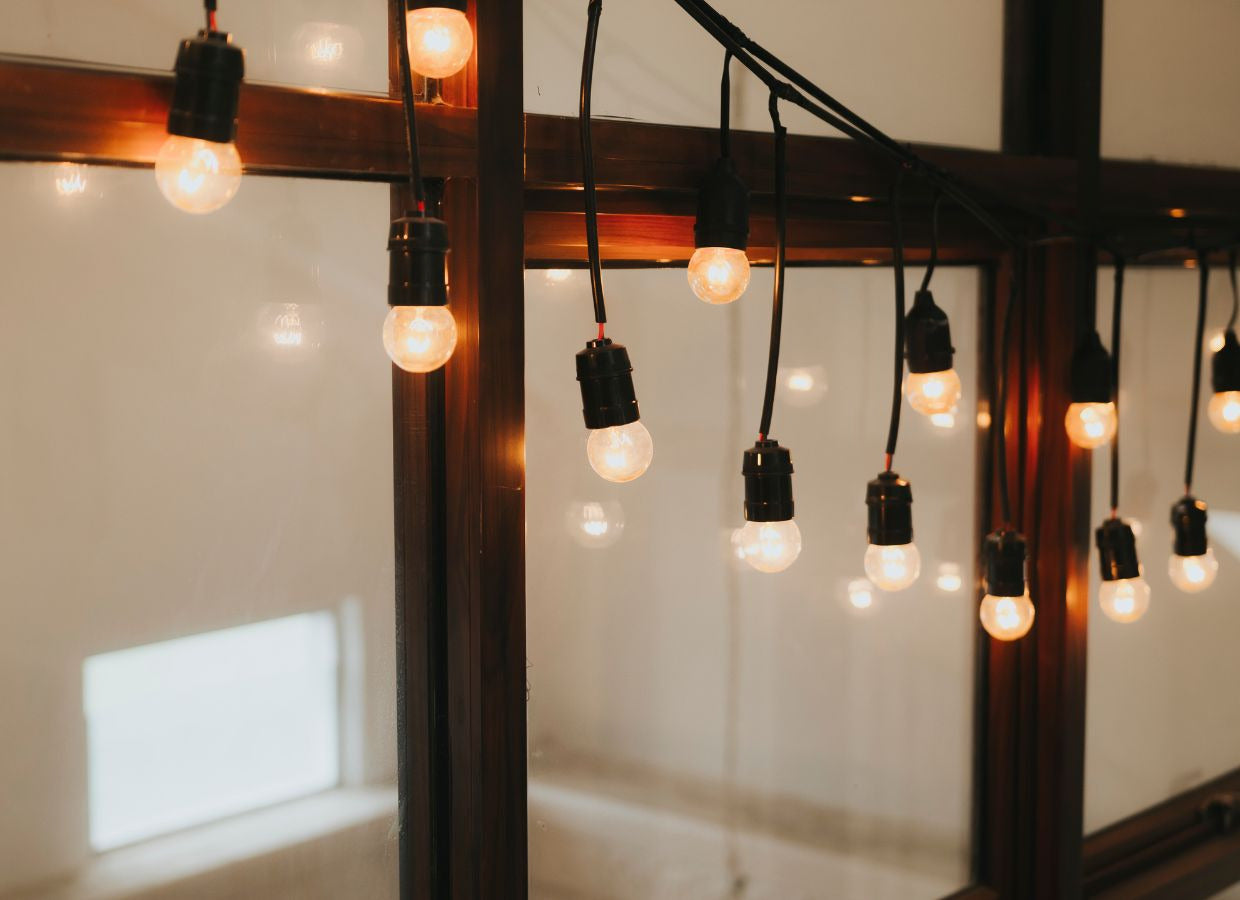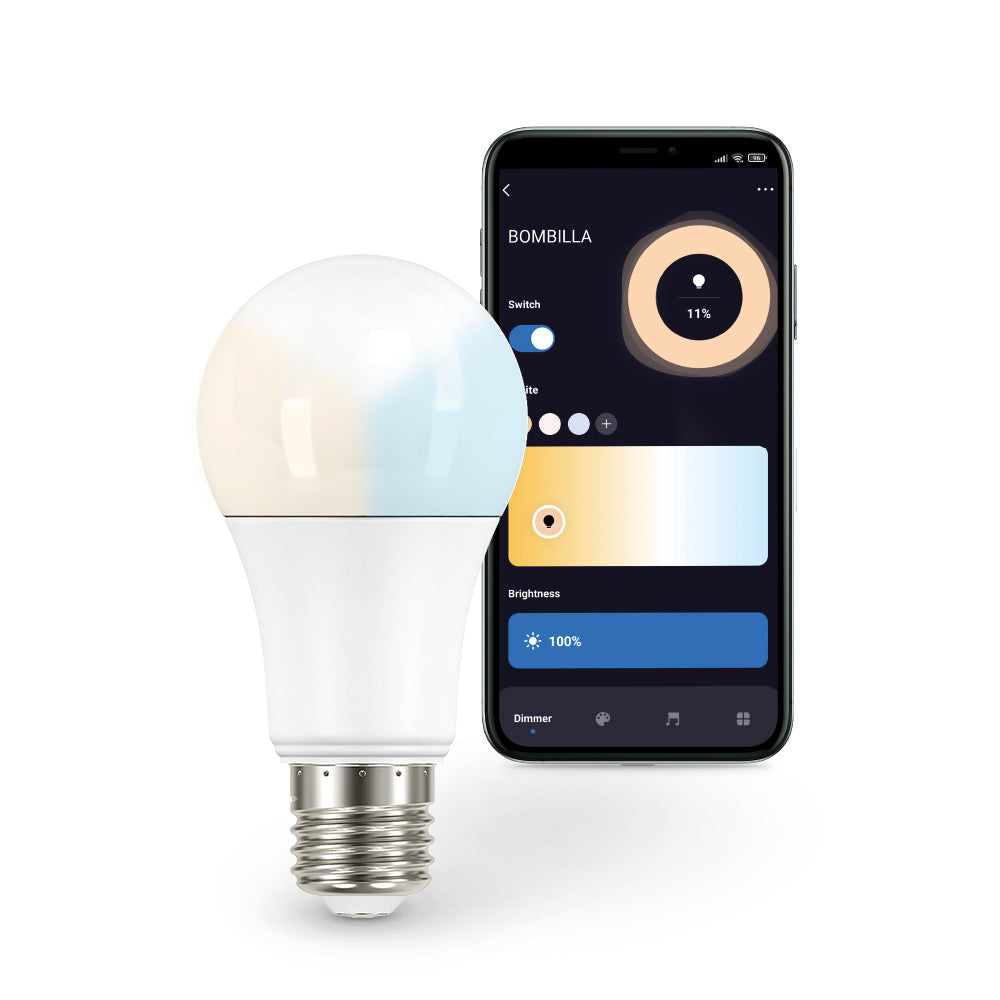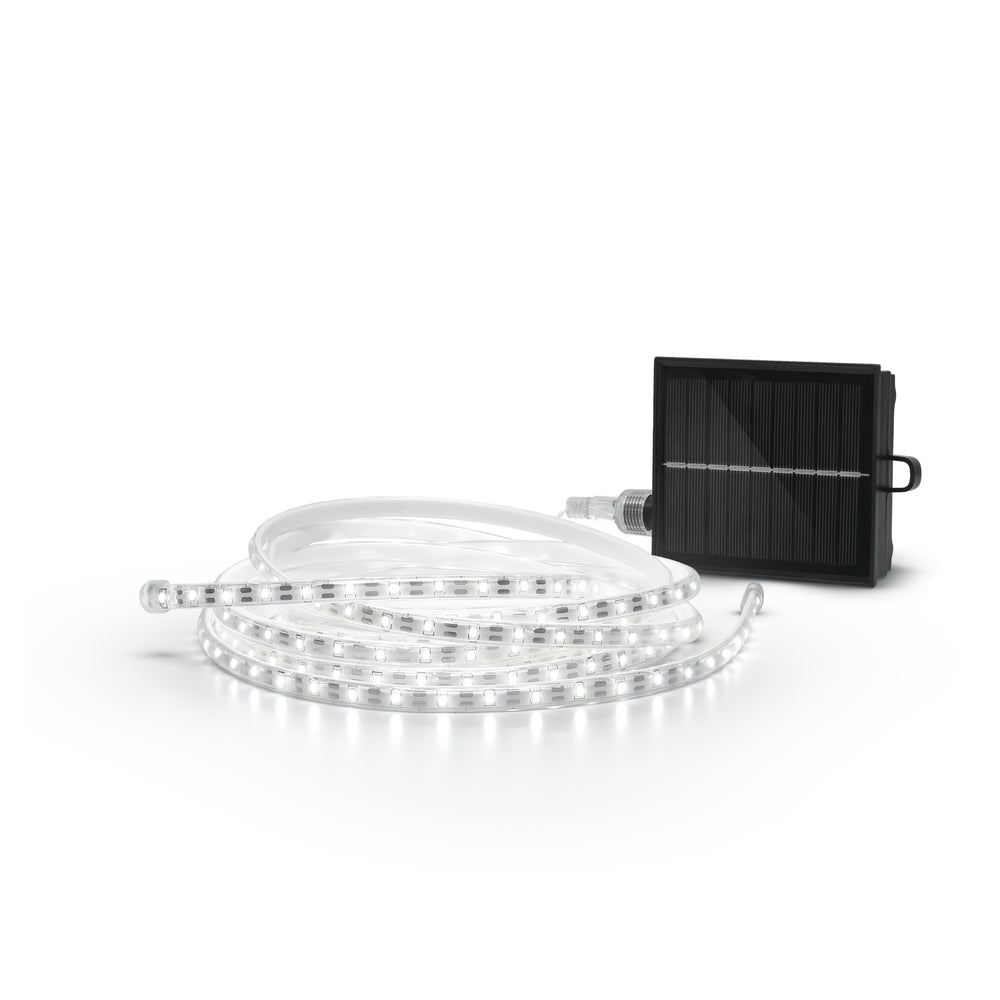Light in the home is a fundamental issue; On many occasions, more than what may seem at first glance. In this article by Garza we will review some of the reasons why it is important to pay attention to lighting at home and we will show different ways to decorate different rooms in the home.
The importance of lighting in our home
The same thing is not done in the kitchen as in the living room, and much less in the office as in the bedroom. Each part of a house has its reason for being and, therefore, its setting should be completely different, adapted to the needs of its use.
For example, for a study or office, lights that tend to have cold temperatures (3,000-4,000 kelvins) and with considerable light output (more than 500 lumens) are suitable, as both features will help maintain attention and activity . Similar is the case in the kitchen, where food is handled and tools are worked, so lighting is necessary to allow comfortable operation.
However, a bedroom or a living room are spaces dedicated to rest and relaxation, so warm, dim lights that allow you to disconnect from everyday life are more appropriate.
However, it must be clarified that this way of differentiating lighting in rooms is, to a large extent, very general. A single room can fulfill two or more functions and others, such as the living room, may require one type of light or another depending on the activity that is going to take place at any given time.
For example, for a bedroom that is also a study space, it is advisable to have good natural lighting, general light points for the entire room and other specific ones that allow it to be adapted to each situation: warmth for a bedside table, for example, and power for the work table with a spotlight.
The same thing happens for a living room, which can host everything from an entertaining meeting with friends and family to relaxing moments on the sofa after the work day. In these cases , home automation lighting control is a great ally, as it will allow the room to be adapted to each case.
Different types of lighting for your rooms
Having seen some of the main aspects of lighting at home, we will now stop to review the different types of light and how they fit into the different rooms of the home.
Natural light
It is the light that will enter through the windows and skylights. It is key in the home and for any room , since its cycles also mark those of the inhabitants of the house and frame them in the rhythm of the day. Therefore, it is important to have good sources of natural light and, if they are scarce, make the most of them.
ambient light
This is lighting designed to generate a specific climate . For example, in this section you could include a series of warm light points distributed in strategic places in the living room, such as LED ceiling lights , to generate an atmosphere of relaxation. Lighting with LED strips can also be a great help in generating these environments.
General lighting
In this case, we are talking about lights that are generally located on the ceiling and that serve to illuminate a room completely with one or more light sources . A powerful ceiling light, for example, or a multi-point lamp usually fulfills this function.
Outdoor light
Lighting for outdoor spaces is a little more special, since it generally fits into larger environments than a room. In these places, outdoor LED spotlights are completely functional.
Decorative lighting
With this type of lighting, the aim is to enhance the aesthetic aspect of a room or a certain point in the room, such as a decorative element that you want to highlight. To achieve this, smart lighting has meant a significant change, since devices such as smart LED bulbs allow you to choose aspects such as color and intensity, thus adapting to each case.






